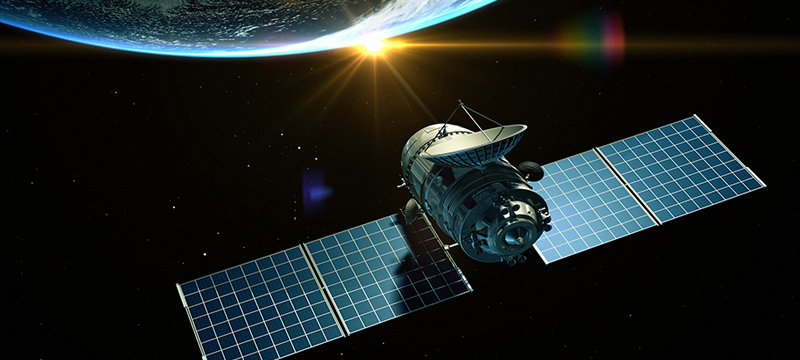The global satellite IoT communications market is growing at a good steady pace according to a new research report from specialist IoT analyst firm Berg Insight. The global satellite IoT subscriber base grew to surpass 5.1 million in 2023.
The number of satellite IoT subscribers will increase at a compound annual growth rate (CAGR) of 39.2 percent to reach 26.7 million units in 2028. Only about 10 percent of the Earth’s surface has access to terrestrial connectivity services which leaves a massive opportunity for satellite IoT communications. Satellite connectivity provides a complement to terrestrial cellular and non-cellular networks in remote locations, especially useful for applications in agriculture, asset tracking, maritime and intermodal transportation, oil and gas industry exploration, utilities, construction and governments. Both incumbent satellite operators and more than two dozen new initiatives are now betting on the IoT connectivity market. This new study covers a total of 40 satellite IoT operators.
Johan Fagerberg, Principal Analyst at Berg Insight, says:
“Iridium, Orbcomm, Viasat (Inmarsat) and Globalstar are the largest satellite IoT network operators today.”
Iridium grew its subscriber base by 17 percent in the last year and reached the number one spot serving 1.8 million subscribers. Originally a dedicated satellite operator, Orbcomm has transitioned into an end-to-end solution provider, delivering services on its own satellite network as well as being a reseller partner of Viasat (Inmarsat) and others. At the end of Q4-2023, the company had 715,000 million satellite IoT subscribers on its own and Viasat’s networks. Globalstar reached 0.48 million subscribers. Other players with connections in the tens of thousands include for instance Myriota in Australia, Kineis in France and Thuraya in the UAE.
In addition to the incumbent satellite operators a number of new initiatives have appeared on the market recently. Examples of some high-profile projects are Astrocast, AST SpaceMobile, CASC/CASIC, E-Space, Hubble Network, Kepler Communications, Kineis, Ligado Networks, Lynk, Myriota, Omnispace, Skylo, Swarm Technologies (SpaceX) and Totum. Many of these are based on low-earth orbit nano satellite concepts.
While some rely on proprietary satellite connectivity technologies to support IoT devices, several are starting to leverage terrestrial wireless IoT connectivity technologies. Examples include OQ Technology, AST SpaceMobile, Omnispace, Sateliot, Galaxy Space, Ligado Networks, Lynk, Skylo and Starlink (3GPP 4G/5G); EchoStar Mobile, Fossa Systems, Lacuna Space, Innova Space and Eutelsat (LoRaWAN); and Hubble Network (Bluetooth). Collaborations between satellite operators and mobile operators that explore new hybrid satellite-terrestrial connectivity opportunities will become common in the next years.
“Skylo has been the most active NTN provider lately for hybrid cellular/satellite offerings working with Deutsche Telekom, BICS, emnify, floLIVE, Monogoto, O2 Telefónica (Germany), Particle, Soracom, Transatel and 1GLOBAL (Truphone). Additional satellite IoT operators partnering with mobile operators and MVNOs include Sateliot, Starlink, OQ Technology, Omnispace, Lynk, Intelsat, Viasat and AST SpaceMobile”, concludes Mr Fagerberg.
The post The global satellite IoT subscriber base to reach 26.7 million by 2028 appeared first on IoT Business News.
























